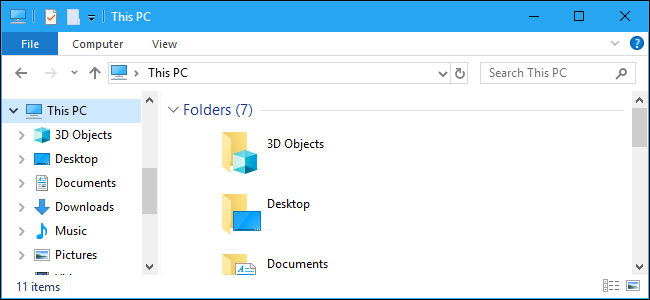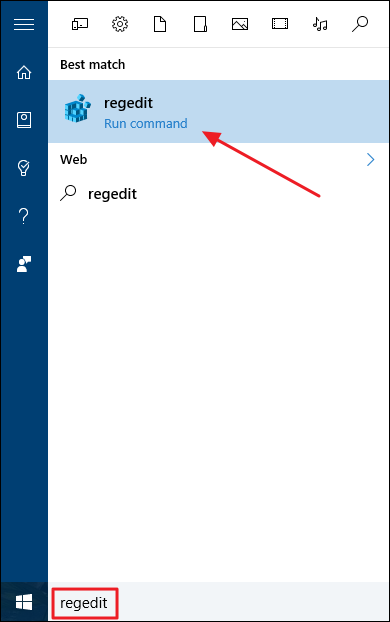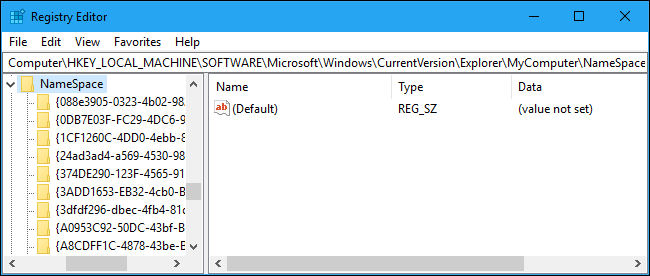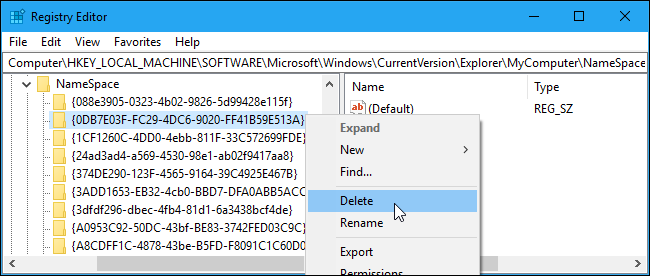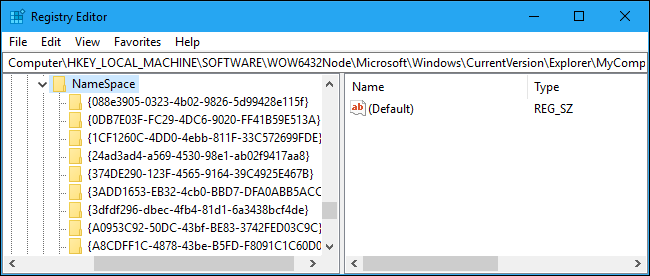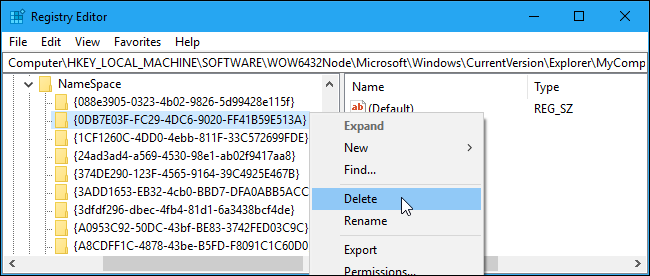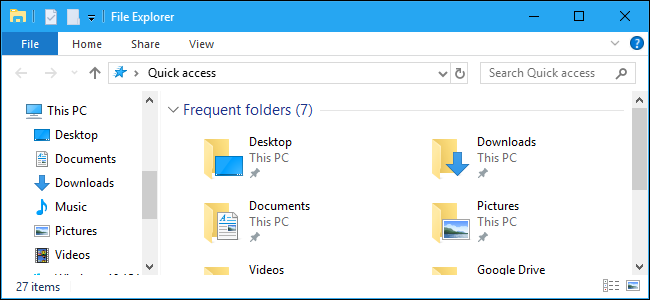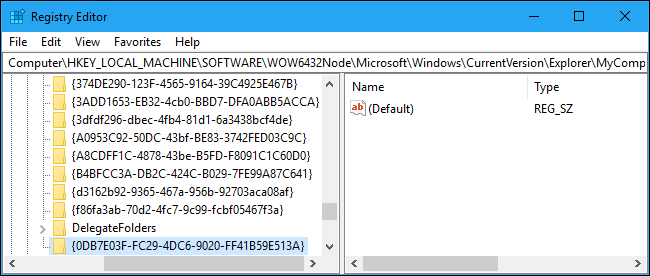Windows 10's Fall Creators Update adds a "3D Objects" folder to This PC. It even appears in File Explorer's sidebar. Microsoft is clearly trying to promote Paint 3D and Windows 10's other new 3D features, but you can hide the folder if you don't like it---you just need to dig into the registry.
This won't delete the folder from your PC. The 3D Objects folder and its contents will still be accessible at
C:\Users\NAME\3D Objects
, where
NAME
is the name of your Windows user account. This merely removes it from File Explorer's sidebar.
You can also remove the other folders from This PC, but we think the other folders are pretty useful. The 3D Objects folder probably isn't useful for most people, however.
Remove "3D Objects" by Editing the Registry
You'll have to edit the registry to do this. Here's our standard warning: The Registry Editor is a powerful tool and misusing it can render your system unstable or even inoperable. This is a pretty simple hack and as long as you stick to the instructions, you shouldn't have any problems. That said, if you've never worked with it before, consider reading about how to use the Registry Editor before you get started. And definitely back up the Registry (and your computer!) before making changes.
To get started, open the Registry Editor by clicking Start, typing "regedit", and pressing Enter. Give it permission to make changes to your PC.
First, head to the following key in the Registry Editor window. You can copy and paste the below line into the address bar or navigate using the left sidebar.
HKEY_LOCAL_MACHINE\SOFTWARE\Microsoft\Windows\CurrentVersion\Explorer\MyComputer\NameSpace
Locate the subkey named {0DB7E03F-FC29-4DC6-9020-FF41B59E513A} under NameSpace in the left pane. Right-click it, select "Delete", and confirm you want to delete the key.
Second, head to the following key in the Registry Editor window. You can copy-paste the below line into the address bar or navigate using the left sidebar.
HKEY_LOCAL_MACHINE\SOFTWARE\Wow6432Node\Microsoft\Windows\CurrentVersion\Explorer\MyComputer\NameSpace
(If you don't have a "Wow6432Node" key on your PC, you're using a 32-bit version of Windows 10. You can just stop now---you're done! If you do see the key, you're using a 64-bit version of Windows 10 and you'll need to continue with the instructions.)
Again, locate the subkey named {0DB7E03F-FC29-4DC6-9020-FF41B59E513A} under NameSpace in the left pane. Right-click it, select "Delete", and confirm you want to delete the key.
You're now done. The "3D Objects" folder will have vanished from This PC, both in the main view and in File Explorer's sidebar.
You shouldn't have to restart your PC. However, if the 3D Objects folder doesn't vanish instantly for some reason, restarting your PC should fix the problem.
If you want to restore the folder for some reason, just recreate the subkeys you deleted in the same place and give them the name {0DB7E03F-FC29-4DC6-9020-FF41B59E513A}. You don't have to add anything inside the subkeys---as long as they're in the correct place with the correct name, the 3D Objects folder will reappear.
Download Our One-Click Registry Hack
If you don't feel like editing the registry yourself, you can use our one-click registry hack. We've created registry hacks that remove the folder and restore it, with separate versions for 64-bit and 32-bit versions of Windows. All four of the registry hacks are included in the following file.
Remove "3D Objects" Folder Hacks
Just download the hack and double-click the one you want to use. if you're using a 64-bit version of Windows, use the 64-bit hack. If you're using a 32-bit version of Windows, use the 32-bit hack. Here's how to check whether you're using a 32-bit or 64-bit versions of Windows 10.
These hacks just do the same thing we instructed you to do above. The ones that delete the 3D Objects folder remove the {0DB7E03F-FC29-4DC6-9020-FF41B59E513A}key from the appropriate places. The ones that restore the folder adds the {0DB7E03F-FC29-4DC6-9020-FF41B59E513A} key back to the appropriate places.
You should only run registry hacks from sources you trust, but you can always inspect them yourself to confirm what they will do. Just right-click a .reg file and select "Edit" to view its contents in Notepad. And, if you enjoy fiddling with the Registry, it's worth taking the time to learn how to make your own Registry hacks.

